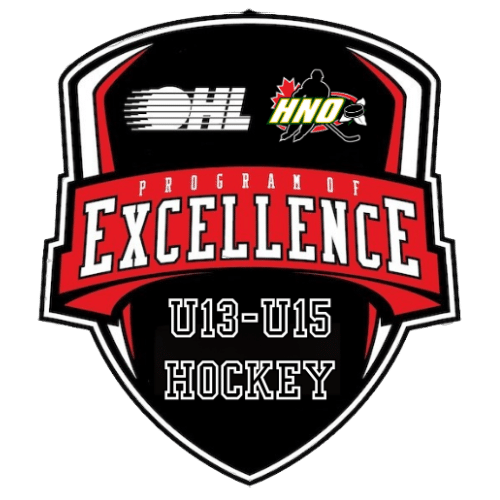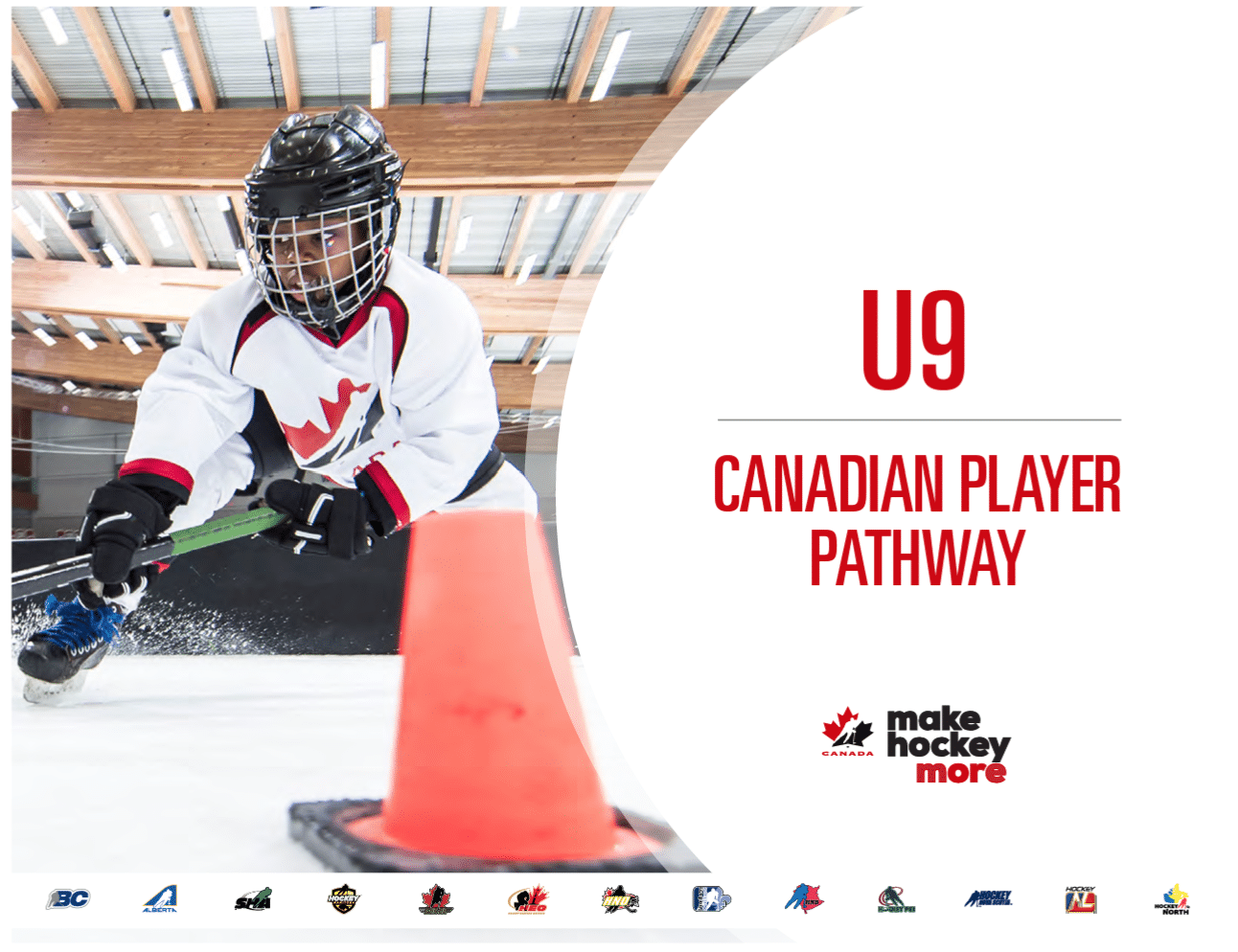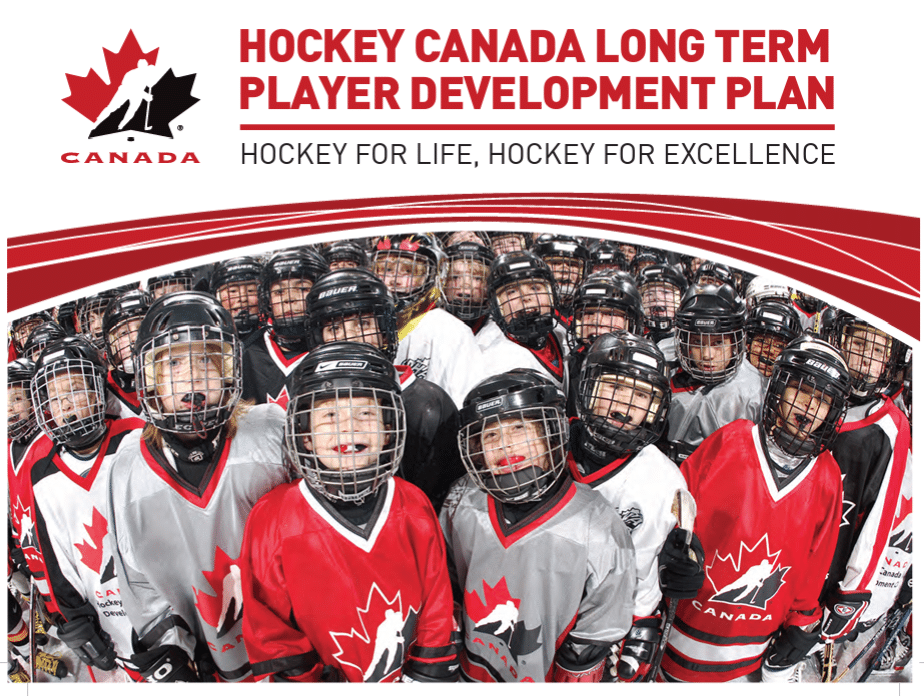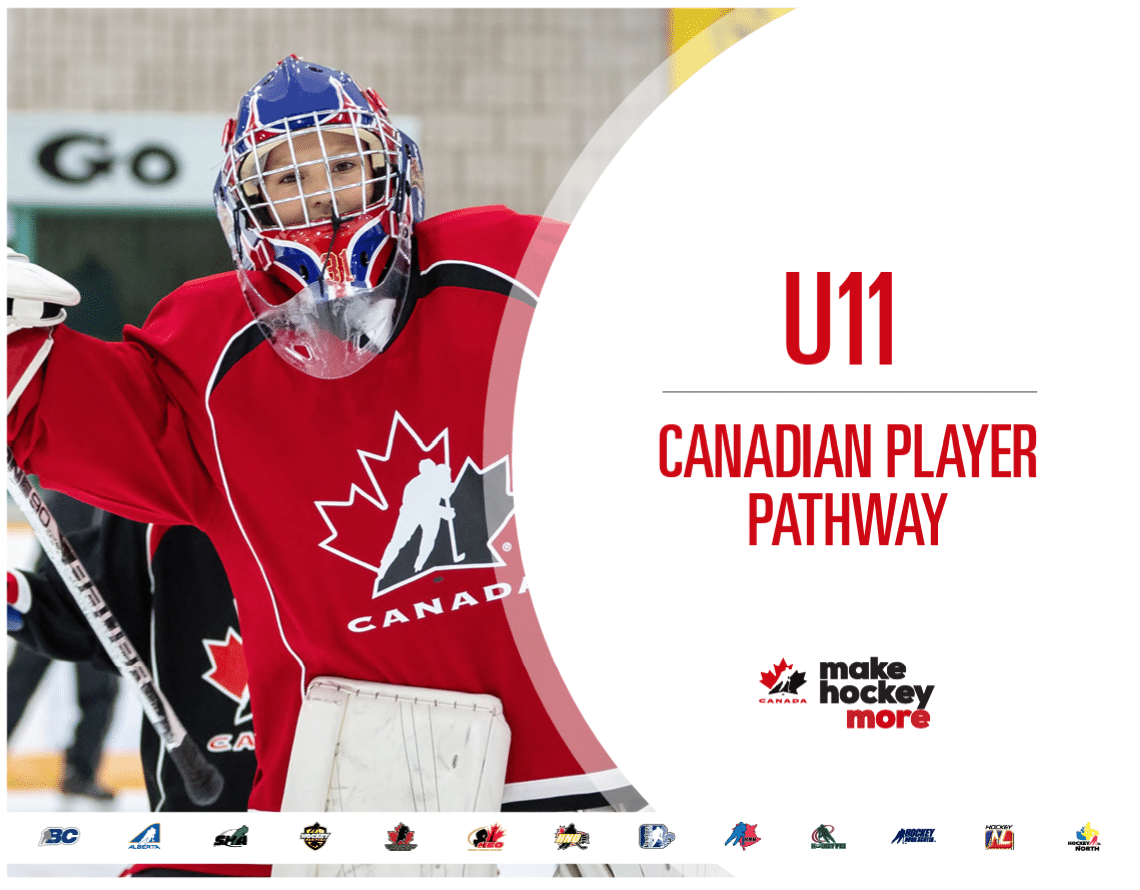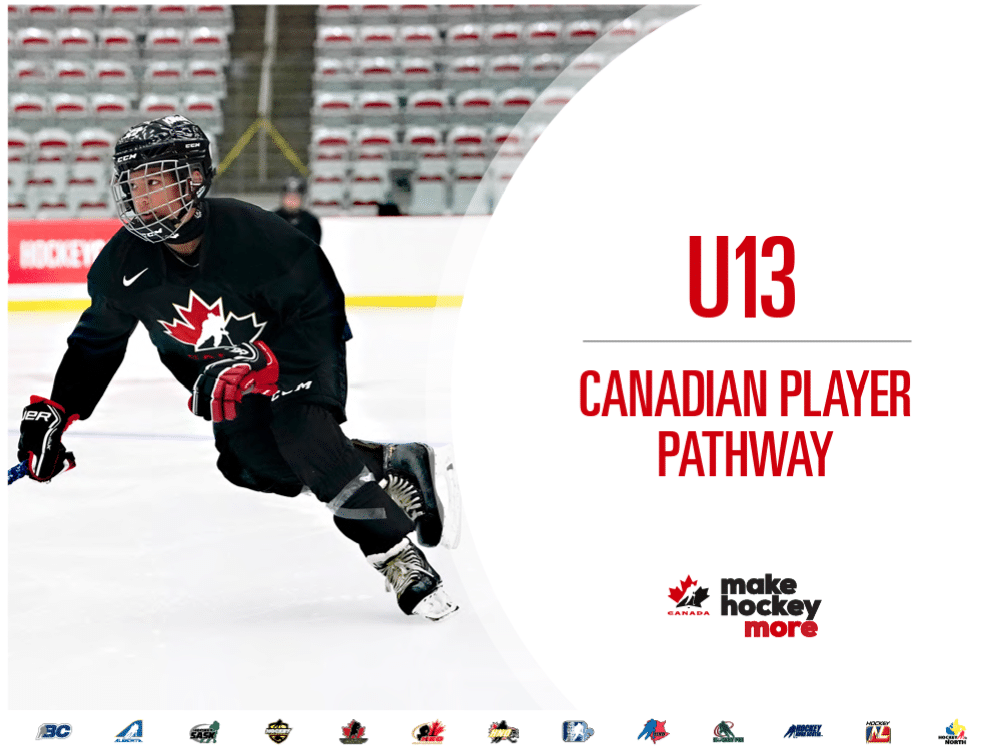Minor Players
U9
HOCKEY CANADA MANDATE
For 2018-19 season it is recommended that age-appropriate programming being offered in U9 hockey featuring cross or half ice games with a transition to full ice games in time frames permitted by Hockey Canada.
For the 2019-20 season, it will be mandatory that that age-appropriate programming being offered in U9 hockey featuring cross or half ice games for the entire duration of the season.
HOW DOES THIS IMPACT HOCKEY NORTHWESTERN ONTARIO
Hockey Northwestern Ontario is following the recommendation and implementing half ice hockey in U9 for the 2019-20.
Associations running U9 hockey mixed age programming (2011 & 2012) born players on the same team will:
Deliver age-appropriate programming to players seven (7) and eight (8) years of age consisting of half ice games for the entire duration of the season with the understanding that the players seven (7) years of age will repeat the programming as an eight (8)-year-old.
Long Term Player Development Model
The Long Term Player Development model sets out a vision for hockey in Canada that takes advantage of the history and culture of the game to increase participation and to lay the foundations of international success long into the future.
Parents, coaches and administrators are encouraged to utilize this document to work at the local minor hockey association level to develop the best program possible for the players involved.
U15
Checking Progression
Education is a priority focusing on the 4-Step Checking Progression, which begins the first time a young player steps on the ice. This progression emphasizes the practice of positioning, angling and stick checks followed by Contact Confidence and Body Contact which is taught at the later stages of athlete development.
Checking is a critical skill in the game of hockey that when performed properly can create quality scoring opportunities or help a team regain control of the puck. Just like skating, puck control, passing and shooting there are key progressions to the skill of checking when taught effectively, can greatly enhance a player’s enjoyment of the great game of hockey.
Step 1 : Progression & Angling
Angling can be considered the first line of defense for a player. Body and stick positions are important in checking without making contact. Angling is the ability to force your opponent to go in the direction that you want. This normally would be towards the boards or to the outside of the player.
Skills:
Skating- Forward, Backward, Lateral, Pivots, Cross-over and T-Push
Positing & Angling: Body Position, Reading & Reacting, Inside-out position and tracking
Step 2 : Stick Checks
Stick checking may be considered the second line of defense as angling forces the opposition to a position where contact can be made with the stick.
When a player stick-checks, he/she must maintain control of both their stick and the opponent’s stick. Stick checks are effective to:
- delay the advancement of the opposition
- force a loss of puck control by the opposition
- control the puck yourself or gain possession for one of your teammates
Skills: Lift, Press, Poke, Sweep, Tap
Step 3 : Body Contact
Defensive play begins the instant the opposing team possession of the puck. Checking is used to regain possession of the puck. To review the steps in the progression – skating, positioning and angling are used to direct the puck carrier. This is accomplished by using the stick as an active line of defense in attempting to further control the opponent. Body contact is the third step in the progression and is used to gain separation, when a player positions his/her body between the puck and the puck carrier.
Step 4 : Body Checking
Body checking is the final step in the 4 step checking progression. A body check can be defined as body contact primarily caused by the movement of the checker. That movement can be and often is, in a direction different than that of the puck carrier. The checker uses their body for the purpose of stopping the attacking progress of the puck carrier and/or to separate the carrier from the puck.
The skills needed for body checking are the effective mastery of the first three steps in the checking progression. First of all the checker must be a strong skater with particularly good balance on their skates.
U18
U18 Core Skills
Junior B
Become an Official
Hockey Canada Licensed Skill Development Program

Hockey Canada Licensed Skill Development Programs is a mandatory certification program for skills coaches who intend to deliver training within the Province of Ontario. These programs are lead by a Hockey Canada Skills Instructor. Below are the Hockey Canada Licensed Skill Development Programs available in HNO.
Register Here
Program of Excellence
